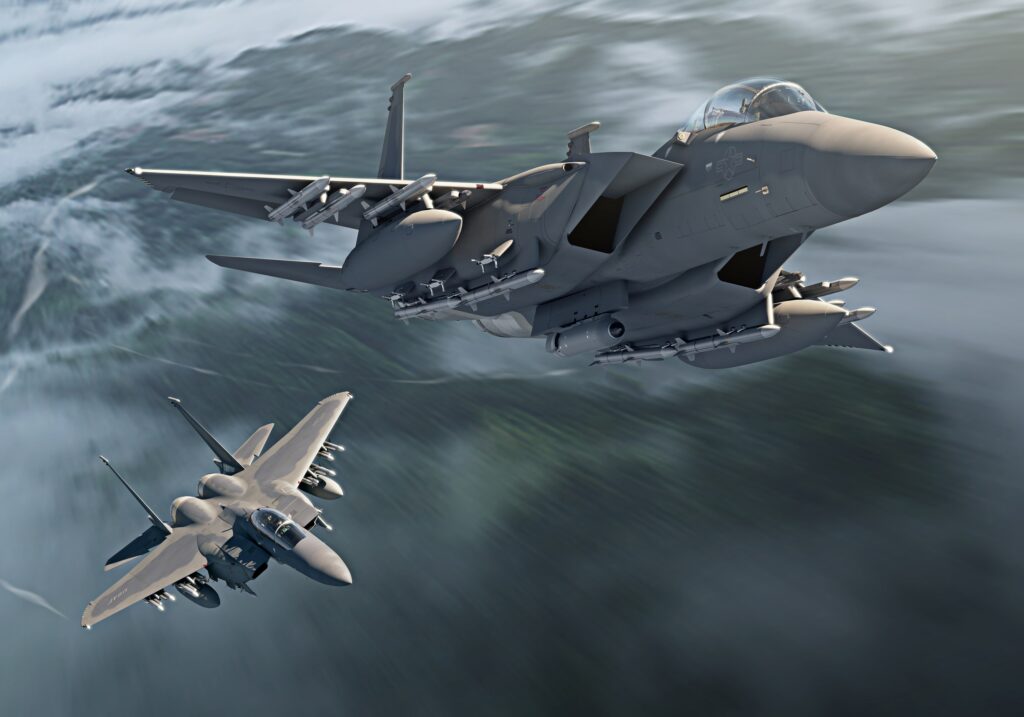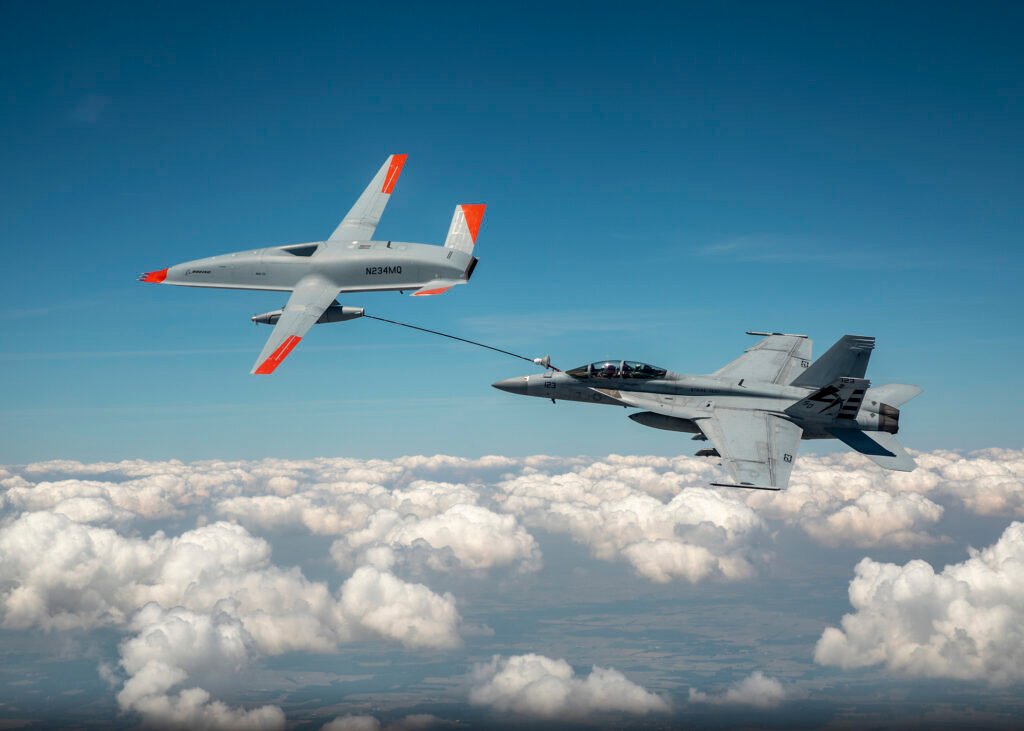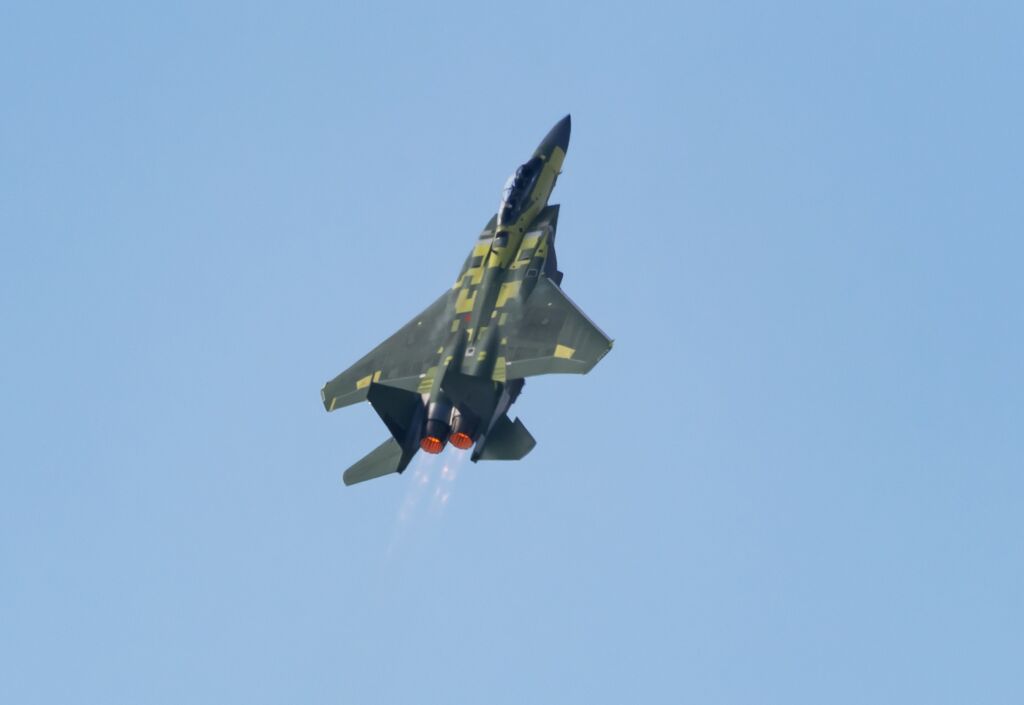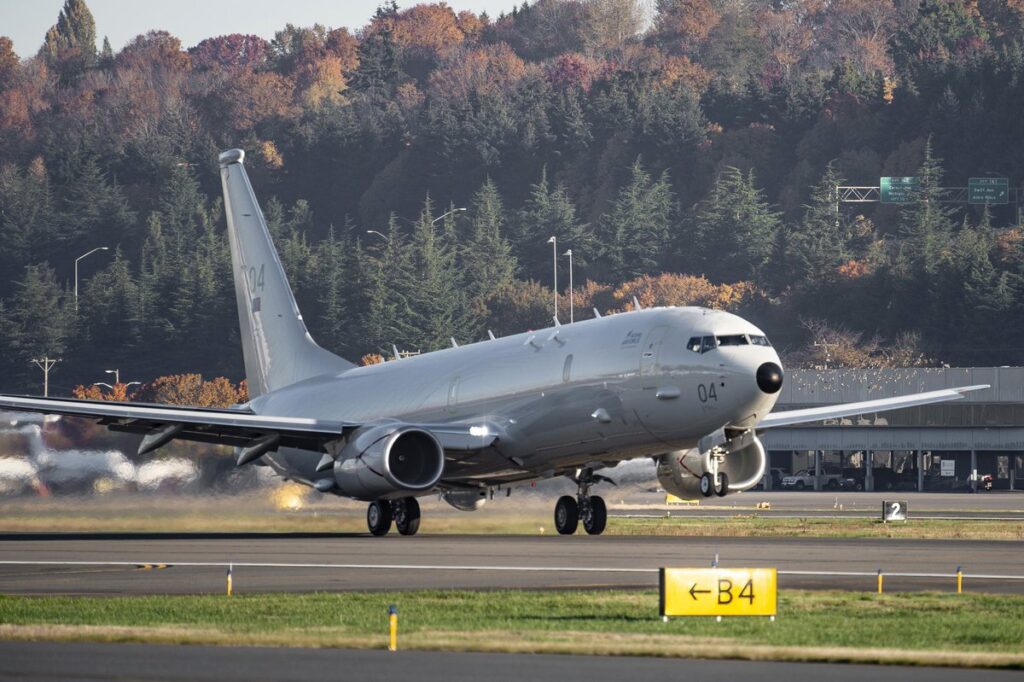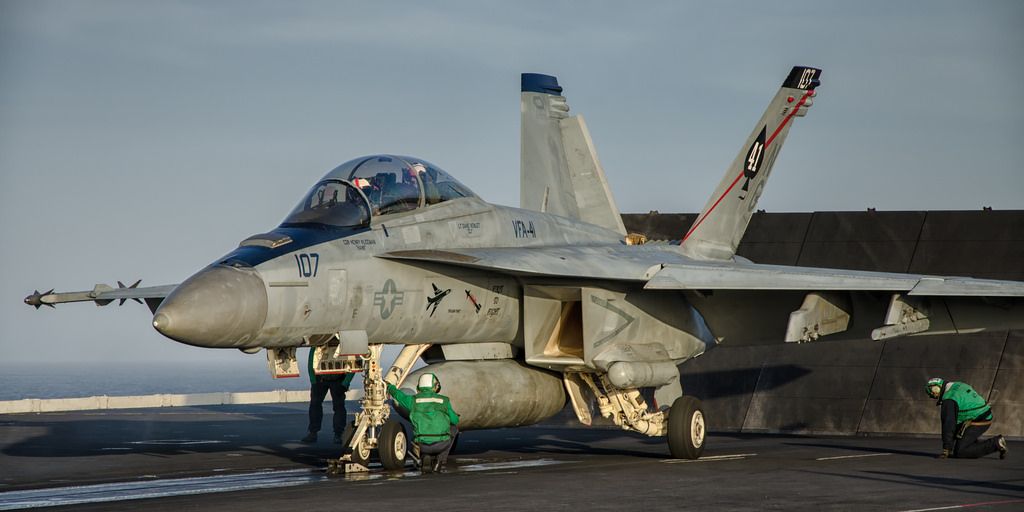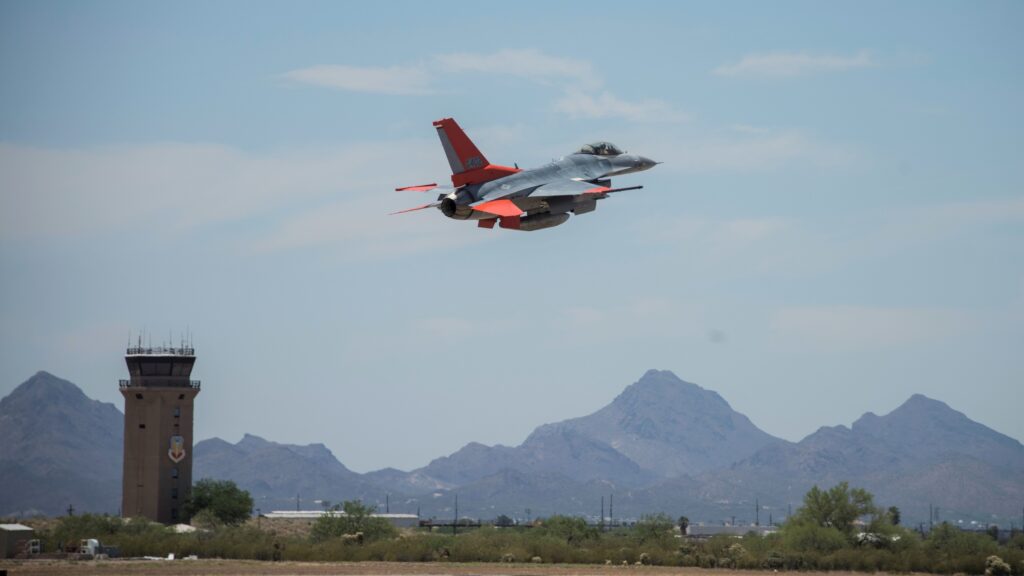Boeing showcases F-15EX for Poland’s air defense
Kielce, Poland, September 7, 2023 - Boeing (NYSE: BA) is showcasing the F‑15EX Eagle II fighter aircraft to Poland as a potential U.S. Department of Defense Foreign Military Sales program. The announcement was made at…
